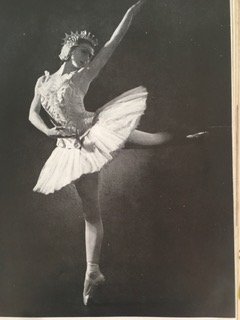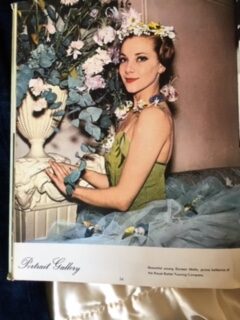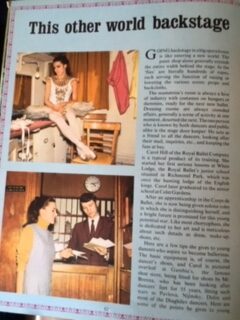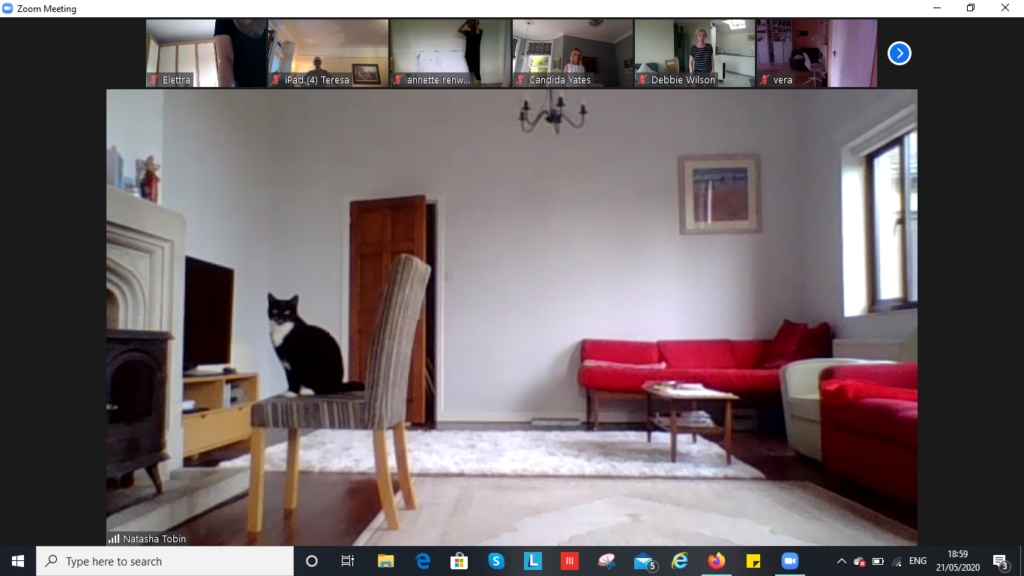01 Sep Inspired to dance
Recreational dancers can feel trepidation returning to a dance class after many years without regular practice. I find that our love and passion for dance never leaves us – it’s an integral part of our identity. The hardest part of returning to class after a long break, is for a person to give themselves permission live their dream of dancing again, for the sheer pleasure of performing and living each dance moment.
This spirit of dance needs to be nurtured, if not celebrated. Older dancers are now well represented in the ballet class community. Many returners are surprised at how much has changed about the technique, as research from physiotherapy and a clearer understanding of alignment and building technique, enables us to dance safely and build strength.
Thankfully, there’s been a resurgence in dance for adults of all ages. And regional dance organisations, like People Dancing, Dance UK and Pavilion Dance South West, and a growing number of freelance teachers, truly value the expression and life experience that older dancers can bring to both class and performance. This spirit needs to be nurtured, if not celebrated. There’s a lot to offer here.
New and passionate dance communities are being formed by older people who adore dancing. They’re joining online groups, choreographic workshops, finding personal headspace through moving to music, and also see the opportunities dance offers for health and wellbeing.
A big part of dance training is visualisation and interpreting how to express the way a movement is performed and felt. Teachers can show technically how to develop the muscle power, and the stages to presenting a step correctly. But it is the feeling and inspiration from within the dancer that brings that movement to life and gives it a more profound meaning to the observer.

In the UK, it’s interesting that older dancers still identify with the role models they went to see on stage as children, or reading about in ballet annuals. When dancing in class, they are not dancing alone. In their mind’s eye, they are on the journey guided by the dancers they loved watching: – Margot Fonteyn, Moira Sheerer, Antoinette Sibley, Doreen Wells, Leslie Collier, Lynn Seymour, Rudolf Nureyev, Anthony Dowell, Wayne Eagling, Wayne Sleep and John Gilpin were some of the biggest names in British ballet.
Some of the most appealing ballet images appeared in children’s Christmas annuals. The Girl World Book of Ballet, and the Princess Annuals were popular gifts in the 1950s, 60s and 70s. They followed the rough and ready, but often glamorously depicted stage lifestyles of dancers on tour with The Royal Ballet, Sadlers Wells RB or the London Festival Ballet. Many also loved global leaders such as Renee (Zizi) Jeanmaire and Roland Petit of the French School, Balanchine’s New York City Ballet, and dancers Maria Tallchief, Jacques D’Ambiose, Gelsey Kirkland or Mikhail Baryshnikov.
For others it’s the magical movie stars that led them to take up dance: Gene Kelly, Cyd Charisse, Ginger Rogers, Bob Fosse or Leslie Caron. The list could easily be extended to add globally outstanding dancers from the Stuttgart, Bejart, Netherlands and Cuban ballet companies –they all did exciting work.

Then there are the choreographers and the costumes from great ballets and how they change how you move. The heavy brocade of the baroque era, the first pointe shoes belonging to Marie Taglioni of the romantic period (La Sylphide), Isadora Duncan’s refreshing freedom of movement in Greek style chiffon, Leon Bakst’s costumes for Apres Midi D’une Faune, or the 1940s modernism of Ashton’s Symphonic Variations.
Those gorgeous memories are often wrapped up with our happiest experiences of dancing – just stored away until we hear the music again we love, or experience re-interpreting a variation in class.

In our classes, we bring life to movement, through music, storytelling, and stagecraft – we are practising a lyrical art form. As a teacher, I try to choreograph exercises, or even short centre variations, which capture the essence of the great ballet works. That way we access the living and breathing experience of the intent of that work, by combining our personal interpretation and feeling for the movement.

In the studio, we interpret the story behind the music, we learn stagecraft, working with light and space to emphasise our movements and capture an audience’s imagination.
Even for a regular class, it’s worth rethinking how we can tell a story by transforming an exercise, or capture the essence of the great ballet solo or variation. For instance, the upper body lift and ceremony of a Baroque court dance can change the inference of simple tendu and plie.A tango style flick of the leg or turn of the face, can make travelling tendus more of a Tango inspired tale. Bourees and a flowing port de bras on the demi-pointes can capture the ethereal floating of a corps de ballet. Creating an enchainement that captures the essence of music through time and space, or simplifying choreography of an established work, so that it’s open to older dancers to express, helps us to communicate dance, and all its wonder, with true passion.

Classes:
The Over 50’s Ballet Barre returns on Zoom with Pavilion Dance South West for 6 weeks from Tuesday, 15th September at 10.30am. Please book with PDSW: https://www.pdsw.org.uk/ or contact Natasha Tobin.



Sorry, the comment form is closed at this time.